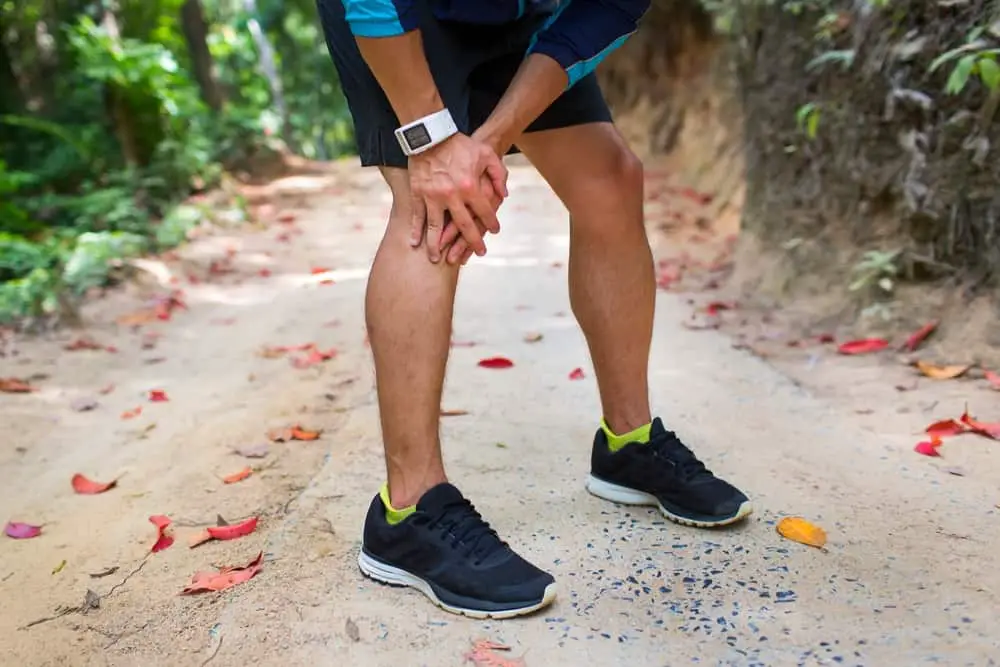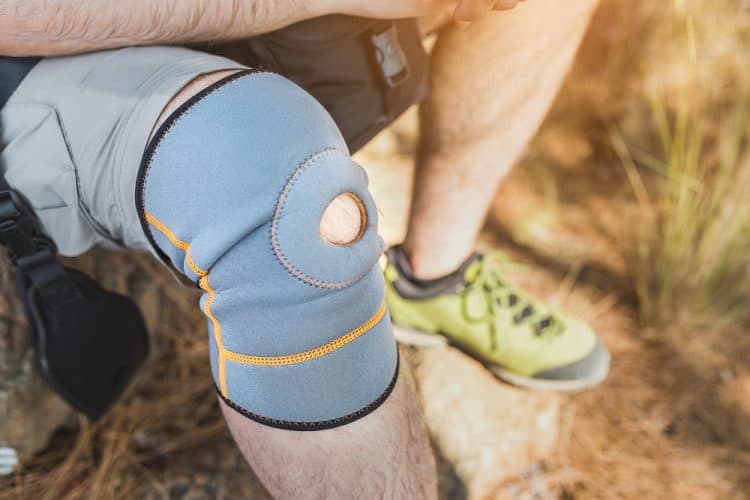How To Hike With Bad Knees | Read Now, Thank Us Later
Ouch!
So you want to know how to hike with bad knees?
Don’t worry. I’ve been there. I know what it is like to deal with nasty chronic pain.
It is surely frustrating. But does it mean that it should stop you from doing what you love and what you have to do in order to stay in shape?
Certainly not. The health benefits of hiking are too important to miss.
That’s why motion is the key. This might come as a surprise but according to many doctors, physical activity is crucial especially when one has bad knees because of one reason or another.
Sure enough, it depends on your specific condition but in most of the cases, walking can ease some symptoms such as stiffness and inflammation.
Furthermore, and as cited from netdoctor.co.uk, there are two major myths when it comes to knee pain and physical activity:
- You shouldn’t exercise with ongoing knee pain
- Forget about exercising if you have any knee condition such as osteoarthritis, for example
That being said, there are certainly some things to keep in mind when hiking that can help you enjoy the experience and make you feel comfortable.
In the rest of this article, I will provide some practical tips that would allow you to have a fulfilling and less painful trekking if you suffer from bad knees.
By the way, you might want to also check our complete guide on hiking with lower back pain. It's somehow related.
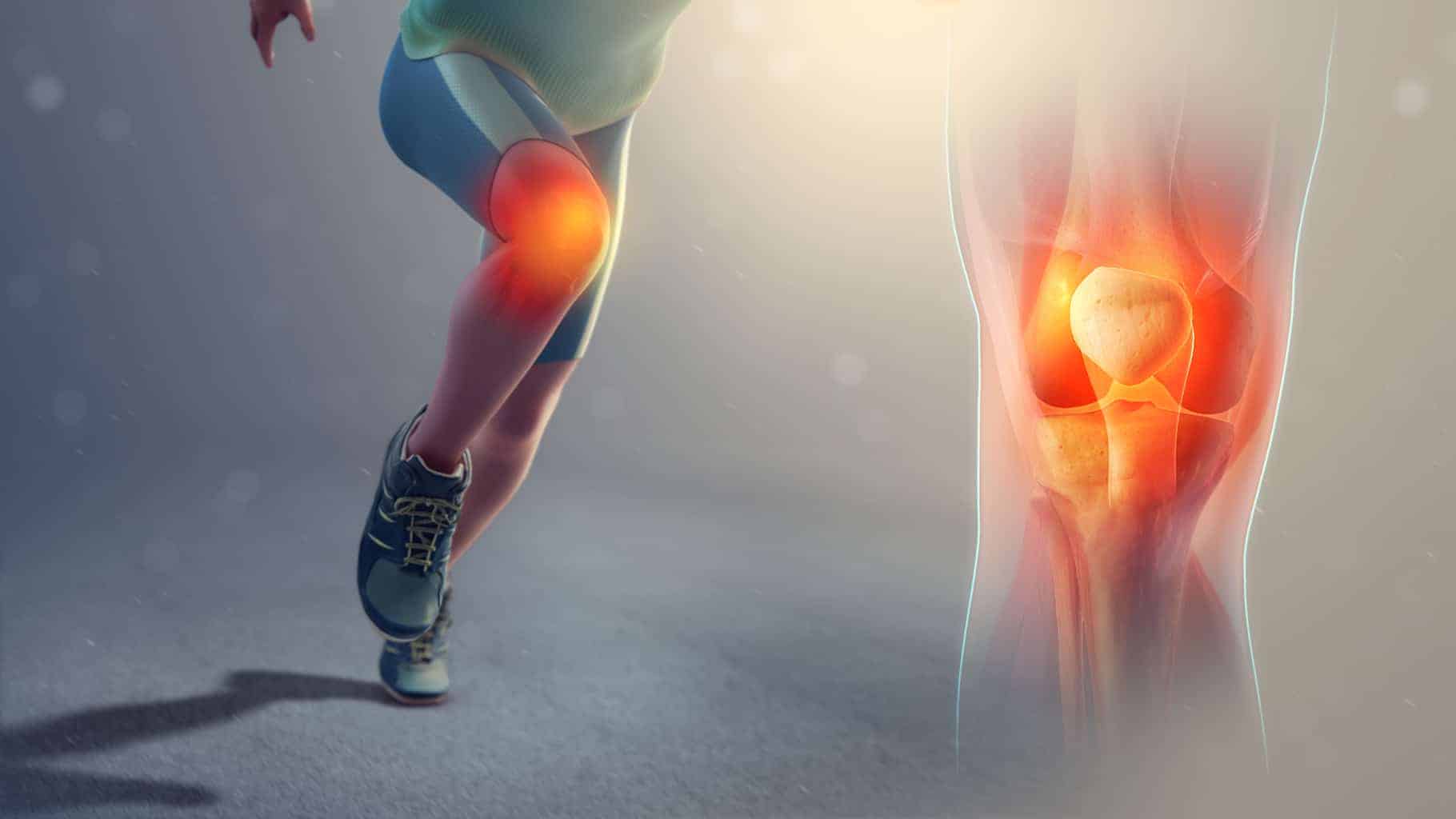
Before getting to that, though, I’d like to emphasize on the fact that I’m not a doctor but just a restless hiker. The following is not a medical advice but rather some useful tips I’ve seen give a good result.
Here they are.
Always Warm Up Well
Let me tell you a story. A stupid story of a stupid young man who ignored the advice of the more experienced and always started lifting weights without warming his muscles first.
He was careless and thought his young age and vitality would save him from potential injuries. Until one day, his beliefs crumbled like a house of cards. His shoulder started to hurt so badly during a workout that he immediately rushed to the nearest hospital.
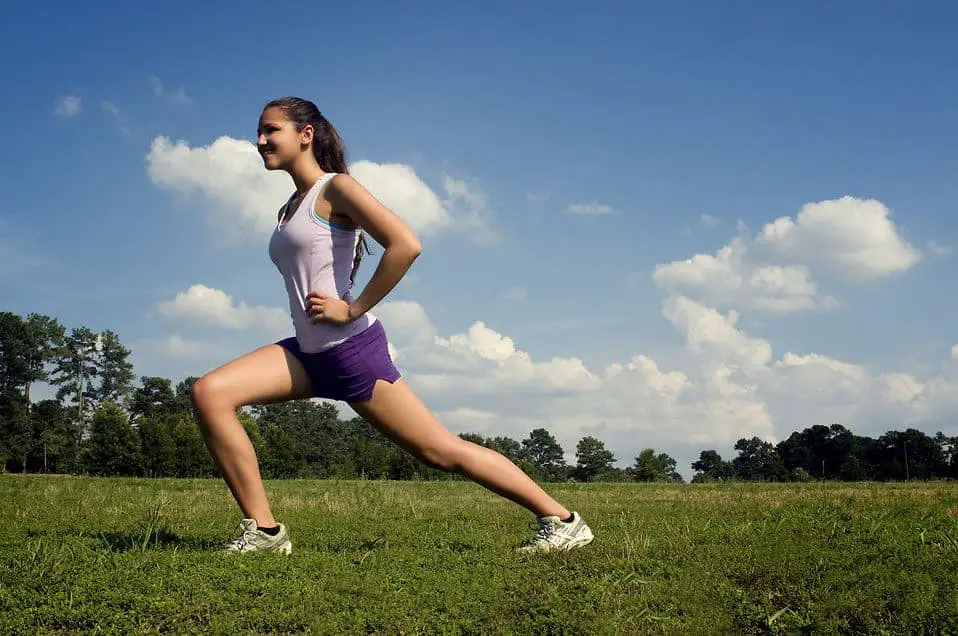
Warming up well prior to hiking can save you a lot of headaches.
It turned out it was a pinched nerve. Moreover, the doctor explained him that he has seen many similar conditions among athletes. It was mainly due to two reasons – physical overload and lack of proper warm up before training.
It took 60 racking days for the young man to recover. For him this was a lesson learned – he never began any kind of exercising again without diligently warming up first.
You guessed it right. That young man was me once. I am also sure you get the point. I received a serious injury while being healthy as a horse.
Now imagine what could happen if I had a certain muscle disease and started lifting heavy weights without warming up beforehand.
Properly stretching before walking on a mountain trail is essential if you have knee issues.
Gentle exercises prepare the body for an extensive physical exertion. It increases the heart rate, which simulates the blood flow to the muscles. This also loosens up the joints, thus minimizing the risk of injuries.
I personally found that stretching before walking is very effective for muscle fever, general endurance, and flexibility.
Here’s a good video about bad knee warm up.
Wear Appropriate Shoes
I can tell you another story of myself neglecting the usage of proper hiking shoes. Heck, once I even was negligent enough to climb a peak wearing flip-flops.
Don’t ask me how I managed not to break an ankle. My wife says I need to stop embarrassing myself so I won’t tell you the whole story.
What I am trying to explain is choosing the right shoes given your knee condition is crucial. Not only it will save you a lot of pain but it will prevent the condition from worsening.
A good hiking shoe for bad knees needs to be stable and with a thicker sole. Before everything else, it should be comfortable.
Keep in mind that shoes are directly ‘responsible’ for the load that the knee takes with every step.

Wear comfortable shoes based on your needs.
I have a condition called flatfoot. It means I have an arch which is abnormally low.
For that, I need special shoes as well. Why am I saying this? Because with the time I came to realize that the brand doesn’t matter when it comes to choosing the appropriate shoes no matter if it is for bad knees or any other illness.
So when deciding what shoes to buy always pick up the ones you feel comfortable wearing. They have to fit perfect. No compromise on that.
Also, it would be best to go to a special retail store where you can receive an expert recommendation based on your specific needs. Avoid purchasing online because that can lead to a negative experience.
Get Yourself A Knee Brace
I admit I have never worn one of these but I have friends who swear by them.
It’s basically a supportive bracelet around your knee which you can use if you experience pain due to an injury.
They come in various sizes and models. Usually, they are made of elastic material, plastic, foam, and even metal.
Depending on their purpose, there are four different types of knee braces but the most popular ones are rehabilitative and functional.
They both give support to the knee and limit the movement in order to isolate pain and reduce inflammation.
Similarly to choosing the right shoes, you have to take good care when buying the appropriate knee brace.
Wearing the one that corresponds to your needs makes all the difference. Take into consideration that there are three levels of protection with 1 being the one that offers the least support and level 3 provides maximum support but limited movement.
Always buy such items in specialized stores that are trustworthy. I highly recommend getting either the Let's Fit Knee Guard or the AONIJIE Patella Knee Guard.
Both are top quality and are currently discounted!
Walking Poles – You Need Them
Many folks disapprove using walking poles and claim they are useless. I admit I was skeptical about using such at the beginning.
Now I always try to bring them with me, especially when I go on extensive trekkings on a difficult terrain. Does it make any difference? You can bet it does.
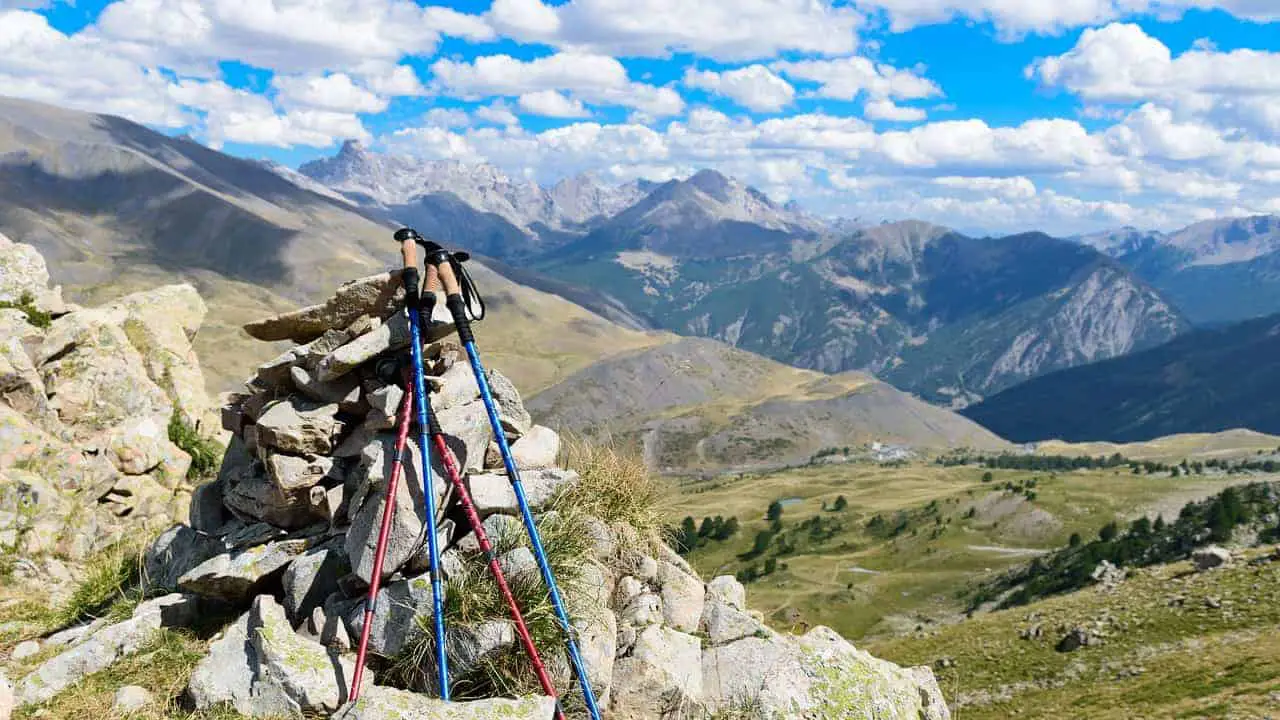
Walking poles provide support and stability.
I find it easier to walk on long distances and they boost my stamina. Why you need walking poles if you suffer from bad knees? It’s simple.
They don’t allow the load to concentrate on your legs by distributing the load evenly across the whole body. Believe me, when you have a heavy backpack that is something you’d want to consider.
To go further, walking poles improve balance and support your knees, especially when you walk downhills.
In brief, it’s hugely recommended using them not only for stability and endurance but because they spare your knees.
And if you're wondering what are trekking poles baskets for, check out our article.
Get Rid Of The Extra Pounds
Don’t get me wrong. Losing excessive pounds won’t magically heal arthritis and regenerate your joints. Nevertheless, it plays a huge role in easing symptoms such as inflammation and pain. In addition, it prevents further damage.
The more the pounds, the more the load your joints and hips have to bear.
That is why you’d want to spare your bad knees and cartilage by losing some weight. Many studies show that overweight people suffer more from osteoarthritis.
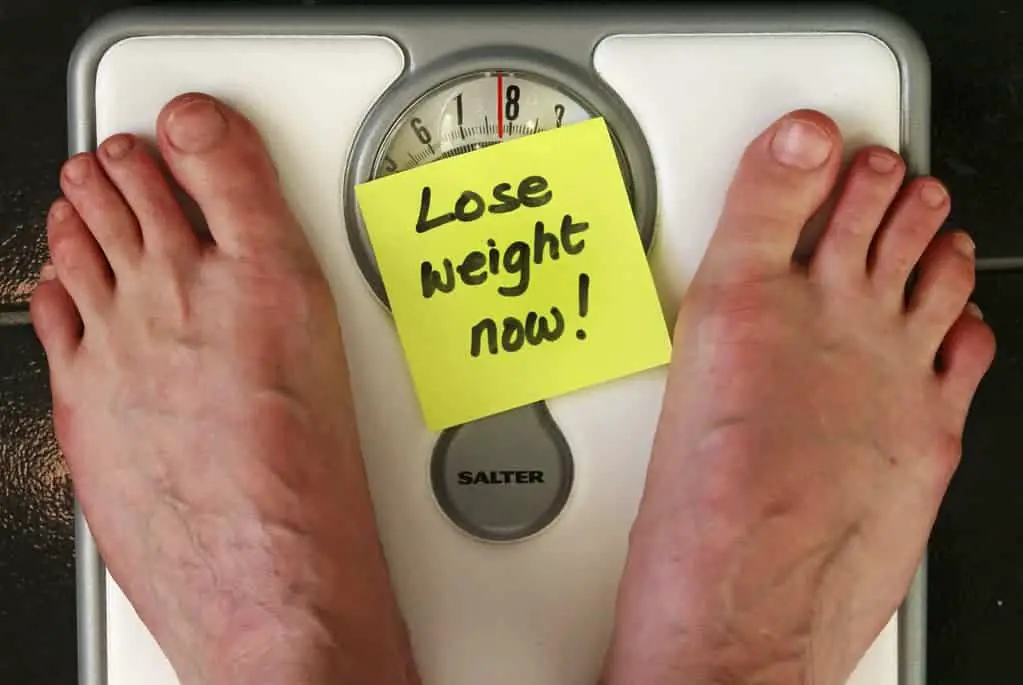
Time to start that diet. Image via Alan Cleaver, Flickr.
Keep that in mind, eat healthy, and exercise regularly. Your knees would love it and you will enjoy a better hiking experience. By the way, I suggest checking this article for hiking nutrition tips.
Diane Spicer is an experienced hiker and she gives some wonderful advice on what to eat on trekking trails.
Wear A Lightweight Backpack
This is another simple tip that can ease your life when walking on a trail with bad knees. Extra weight on your back could have a negative effect on your spine, hips, and joints. An interesting fact to bear in mind is that each step you take transmits two to four times your body weight through the knee joints.

Choose a lightweight backpack.
According to Charles Bush-Joseph, MD losing 20 pounds of excessive weight could result in reducing the knee pain by almost 50%. That is why it is very important to take it easy and leave your buddy to wear the heavy stuff. Now you have the perfect excuse.
Feel free to check the best lightweight hiking backpacks of 2019 or this list of some of the best hydration packs. They are all lightweight daypacks.
Choose An Easy Hiking Path
No matter how wild you are and how adventurous you might be, you don’t have to forget that serious injuries can occur if you are not diligent enough when hiking with bad knees. This includes carefully selecting your hiking path.
Avoid rocky steep terrains and downhills because it increases tension in the knees.
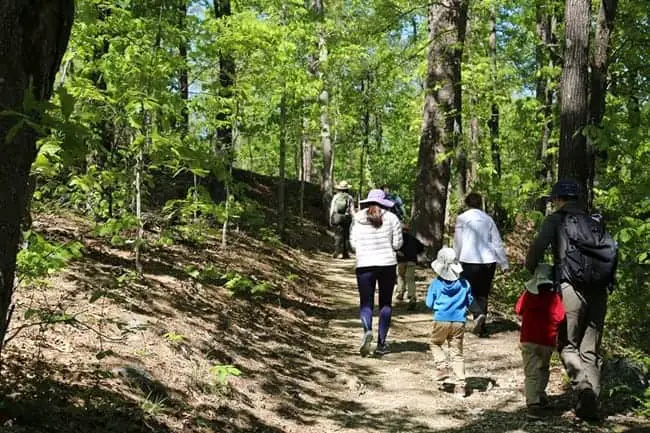
Choosing a rail with an easy to moderate difficulty will further spare your knees.
Preferably, walk on flat trails whenever possible. Remember – it’s better to hike longer on an easier terrain that hiking shorter on a difficult one that may trigger pain and increase the risk of injuries.
Don’t Rush
This is something obvious, I know. However, based on personal experience, I can tell it is something that is easily forgettable when walking in a big group. Choose a hiking partner that understands your knee condition and stick with him.
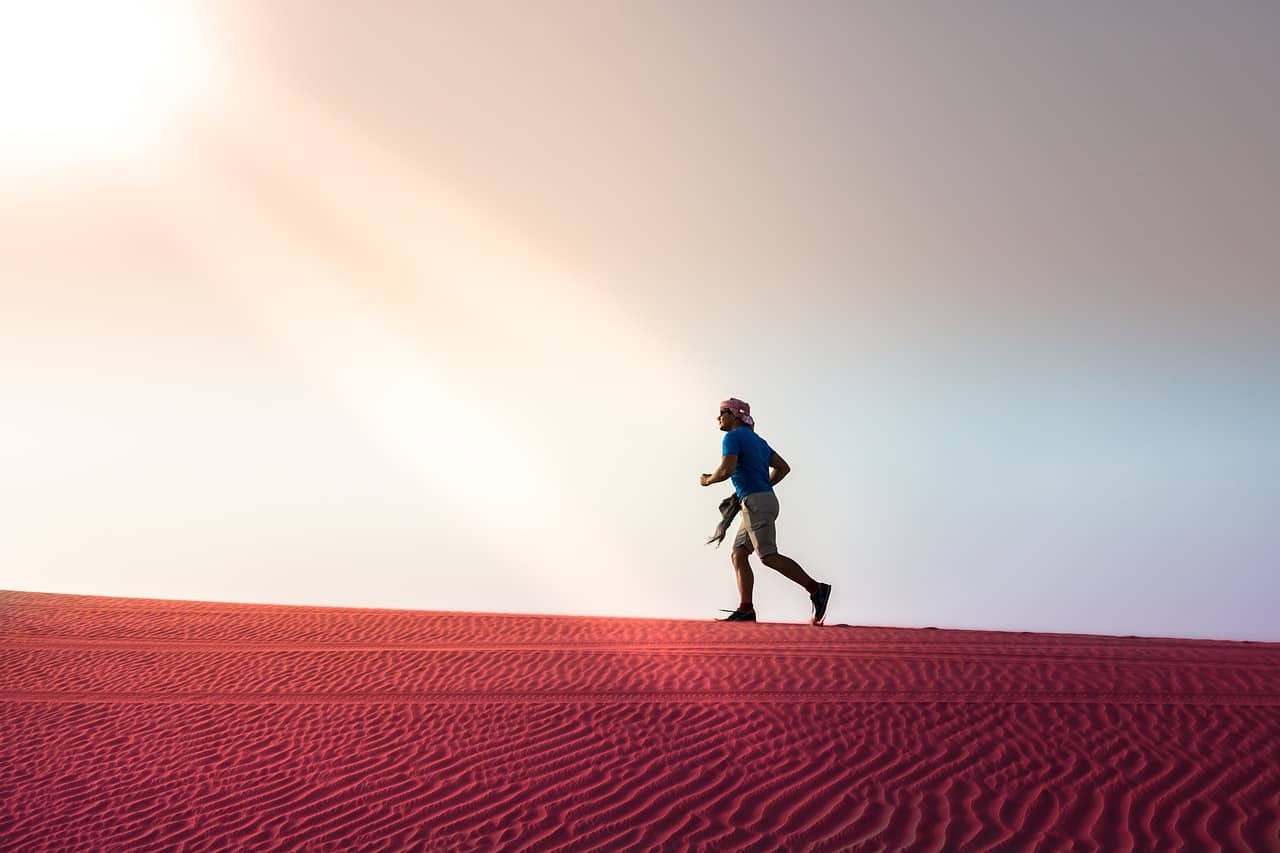
Go slow but steady, don't rush.
Everybody has his own tempo and to make things easier for yourself and your knees keep your own pace. There will always be people who like to walk faster than you do and that is totally fine.
Hiking never has to turn into a frenetic race. Also, avoid jumping as this has a direct impact on the knees, especially if you wear a backpack.
Don’t Forget To Pack Ointments
You have heard the cliché “it’s always better to be safe than sorry”, right? Well, it’s a cliché because it’s true. In fact, having a first-aid-kit when hiking is a must no matter how heavy your backpack might be.
If you have bad knees, always bring with you the necessary ointments that can reduce the pain if things get serious.
Also, when you pack your backpack put those medications that you have used before so that you know they have a proven effect on your knees.
Avoid purchasing something new in the last moment as its advertised upsides may turn out to be downsides.
Conclusion
As you can see, hiking can be as exciting as before even with bad knees. The only change is that you need to be extra-careful and precautious. Stick to the above-mentioned tips and you will always enjoy your nature adventure at the fullest.
For more cool hiking stuff check out the wonderful blog of Dave & Annie who always have very useful information to share.
Do you hike with bad knees and how? Leave a comment below!
Reference:
Verywellfit.com
Webmd.com
Active.com
Netdoctor.co.uk

Asen Stoyanchev
Founder of this website, Asen is a passionate hiker and writer who is also a gear nerd. He’s been featured on many established hiking websites where he gives hiking advice & tips. When he is not trekking with his family or friends, he is writing articles and product reviews. Asen spends most of his time in Bulgaria but he constantly travels the world in seek of more unforgettable experiences. Read more about Asen here.

